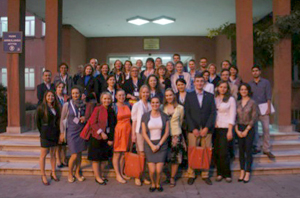
Young neurologists and trainees during the hospital visit at the Istanbul University Cerrahpasa School of Medicine Neurology Department, EFNS-ENS Joint Congress in Istanbul.
ISTANBUL UNIVERSITY CERRAHPASA SCHOOL OF MEDICINE
By Anna Sauerbier, Walter Struhal and Antonella Macerollo
The first Joint Congress of Neurology, combining both the European Federation of Neurological Societies (EFNS) and European Neurological Society (ENS), was held in June in Istanbul, Turkey.
Each year, the European Association of Young Neurologists and Trainees (EAYNT) organizes several activities during the conference to give young neurologists and trainees from different cultural backgrounds all over Europe the opportunity to get together and exchange their individual, professional and personal experiences.
In addition to the lottery, the photo contest and the special EAYNT session, one of the annual highlights of the EAYNT activities is a local hospital visit followed by a get-together. This year’s hospital visit led 90 interested and curious young neurologists and trainees to the Istanbul University Cerrahpasa School of Medicine Neurology department. The visit organized by the Congress President Prof. Aksel Siva and the Turkish Neurological Society.
The participants learned about the general history of the hospital and the educational system in Turkey from hospital residents.

Young neurologists and trainees during their visit to the Istanbul University Cerrahpasa School of Medicine.
In 1933, the Neurology Department was established. This makes it to one of the oldest institutions of higher education in Turkey. The current name Cerrahapasa School of Medicine was introduced in 1963 when the hospital was restructured and an additional Istanbul School of Medicine was founded.
The Istanbul University Cerrahpasa School of Medicine is now one of the three Government Medical Universities in Istanbul and one of the main medical schools in Turkey offering Turkish and English Medical programs. The Neurology Department consists of 36 adult and six children beds. In total, six consultants, 16 residents, seven fellows and 24 master students in electroneurophysiology work in the department.
The undergraduate (medical school) training is followed by a minimum of four years of residency training in neurology, which includes three-month rotations in each neurology division, and laboratories and short periods in different other specialities. In addition, numerous graduate and postgraduate educational programs are available at the Istanbul University Cerrahpasa School of Medicine Neurology Department.
Due to the large variety of divisions and units covering the complete field of neuroscience complemented by a multidisciplinary approach, the Neurology Department is able to provide comprehensive services for the diagnosis, treatment and care of patients with a wide range of neurological conditions. Further, it is one of the most esteemed centers for research and education in Turkey.
The young neurologists and trainees then enjoyed a guided hospital visit through the Neurology Department where each unit’s health professional welcomed them and explained their field of expertise. The divisions in the Neurology Department include Clinical Neurophysiology and Epilepsy, General Neurology, Pain Disorders and Headache, Neuromuscular Disorders, Neuroimmunology/Multiple Sclerosis, Sleep Medicine, Paediatric Neurology, Vascular Neurology and Movement Disorders.
This allowed the participants to discover the Clinical Neurophysiology/EMG unit where more than 3,000 patients are investigated annually. In addition, more than 500 patients are followed up for various neuromuscular disorders and more than 300 patients for botulinum toxin injections.
Afterward, the neurologists visited the epilepsy center with an electroencephalography laboratory where annually more than 2,000 patients referred from all over Turkey are seen, and more than 6,000 patients are followed up with different epileptic disorders.
At the end, Siva invited all participants to a dinner and get-together at the restaurant of the Istanbul University. Besides this profound insight into the clinical practice and the education system of neurology in Turkey, the 90 impressed young trainees and neurologists were able to experience another important aspect of the Turkish culture by tasting the delicious flavor of original Turkish food ranging from different forms of kebab, kofte, dolma, borek, mezes and other lovely desserts.
Acknowledgment: The EAYNT is grateful to Siva and the Turkish Neurological Society for their friendly invitation and excellent organization of the hospital visit. In addition, we would like to thank Siva and the team of the Neurology Department for their kind provision of the presentations and pictures during the hospital visit.

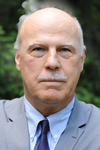

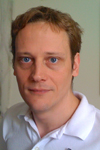
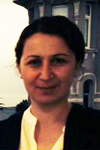
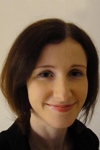
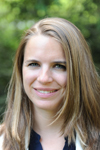


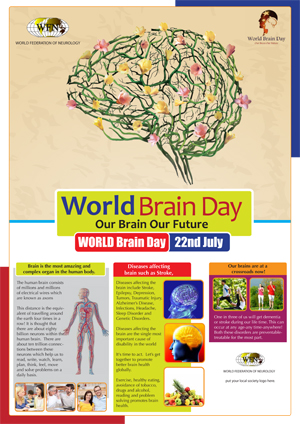
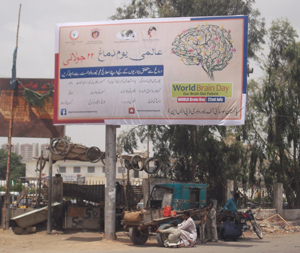
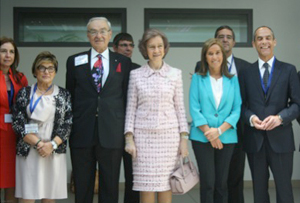
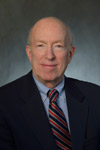

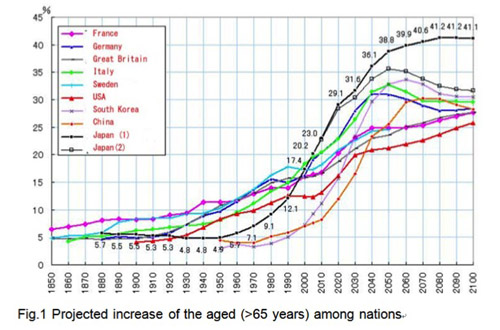

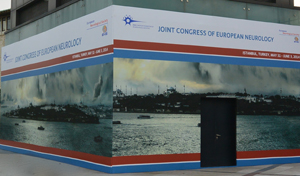 Due to differences in their philosophies, the two societies were effectively in competition, resulting in what many European neurologists concluded was an unnecessary duplication of effort. The initial event of their coming together was the creation of the European Board Examination in Neurology, where the examination’s creator, the UEMS – European Board of Neurology (
Due to differences in their philosophies, the two societies were effectively in competition, resulting in what many European neurologists concluded was an unnecessary duplication of effort. The initial event of their coming together was the creation of the European Board Examination in Neurology, where the examination’s creator, the UEMS – European Board of Neurology (
